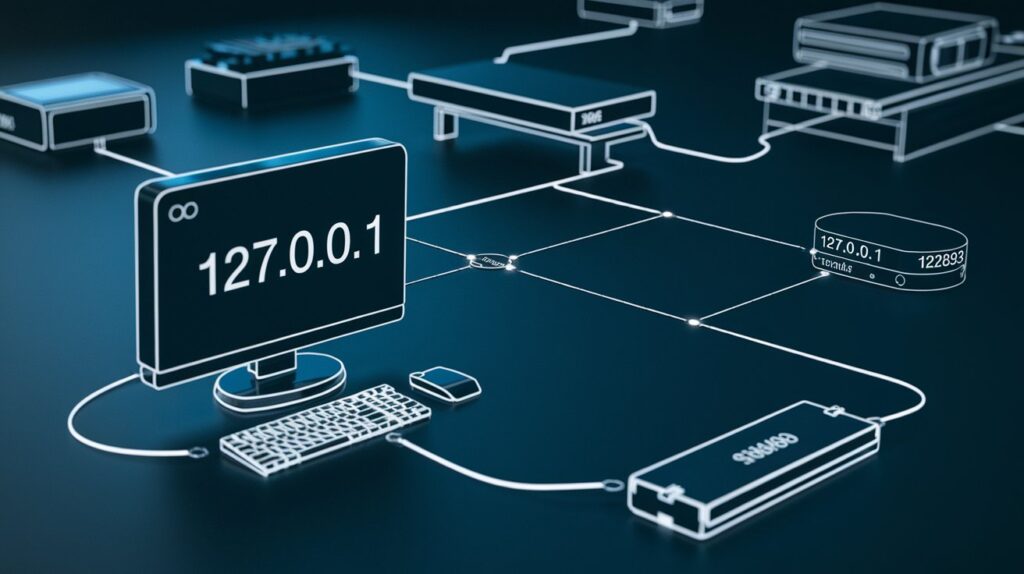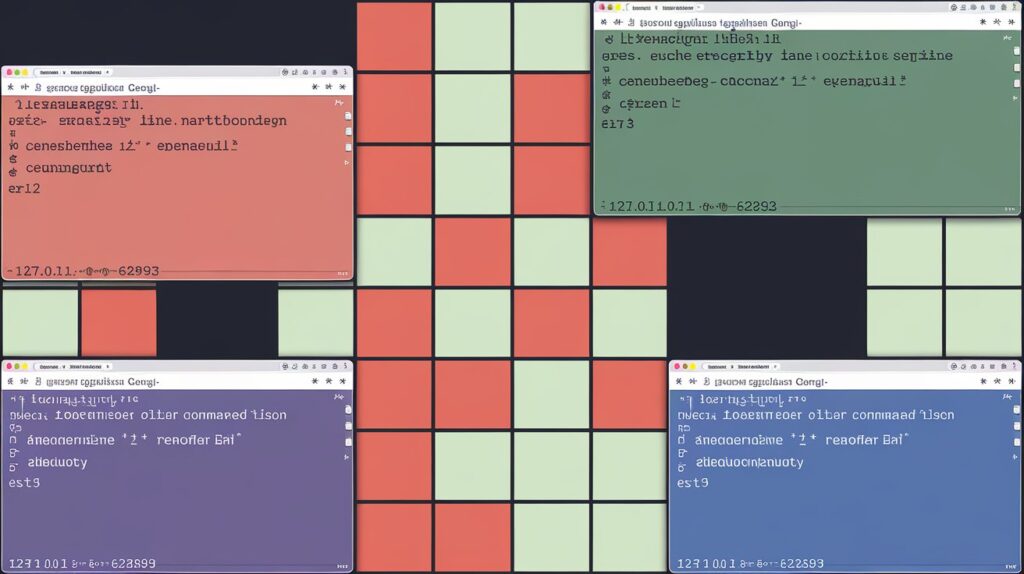the world of networking, certain IP addresses carry unique significance. One such address is 127.0.0.1:62893. This specific address is a powerful tool used by developers, IT professionals, and tech enthusiasts alike. It represents a connection to a service running on your computer. But what exactly does this mean, and why is it important? Let’s break down the concept in detail.
What is 127.0.0.1?
The IP address 127.0.0.1 is known as the loopback address. Think of it as a way for your computer to talk to itself. In simpler terms, when you connect to 127.0.0.1, you are essentially saying, “Hey, let’s communicate with me.” This is particularly useful in testing and development scenarios.

In the world of networking, 127.0.0.1 is your computer’s way of addressing itself. It’s like dialling your phone number and picking up the call. The loopback address is a cornerstone in networking because it allows for internal testing without needing to access an external network.
What Does the Port Number 62893 Represent?
While 127.0.0.1 is the address, 62893 is the port number. In networking, ports function as virtual doors that allow traffic to enter and exit a computer. Different services use different ports, much like different people use different doors to enter a building.
Also Read: Pedrovazpaulo Executive Coaching: A Comprehensive Review
In this context, 62893 is the door through which a specific service on your computer communicates. The exact nature of this service can vary based on your system setup. For example, it could be a web server you’re running locally to develop a website or a service related to network testing. Understanding which service is using this port often requires digging into your system’s configuration and logs.

Common Uses of 127.0.0.1:62893
Web Development
One of the most common uses for 127.0.0.1:62893 is in web development. Developers frequently run local servers on their computers to test websites and applications. By using the loopback address, they can simulate how their website will function in a real-world environment without exposing it to the Internet. This practice is vital for catching bugs, testing new features, and ensuring overall functionality before a site goes live.
For instance, a developer might be working on a web application that requires a server to be running in the background. By connecting to 127.0.0.1:62893, they can interact with their application as if it were hosted on a live server, even though it’s entirely confined to their local machine. This setup is invaluable for debugging and fine-tuning an application in a controlled environment.
Network Testing
127.0.0.1:62893 is also a powerful tool for network testing. IT professionals often need to ensure that services are functioning correctly on their local machines before deploying them to a broader network. By connecting to this address, they can test various network configurations, simulate different scenarios, and troubleshoot issues without affecting the broader network.
For example, if an IT administrator is setting up a new firewall rule, they might first test it locally using 127.0.0.1:62893. This approach allows them to verify that the rule works as intended before applying it across the entire network. It’s a safe, efficient way to prevent potential network disruptions.
Remote Access
In some cases, 127.0.0.1:62893 can be used for remote access purposes. While this may seem counterintuitive—since 127.0.0.1 is inherently local—certain applications are designed to allow remote control of services running on a local machine. These applications use the loopback address to ensure secure and reliable communication between different components of the same system.
Consider a situation where an application on your computer needs to communicate securely with another part of the system. Instead of sending data over the Internet, which could expose it to security risks, the application uses 127.0.0.1:62893 to send data internally. This method ensures that the communication stays within your system’s boundaries, enhancing security and reliability.
How to Identify What’s Running on 127.0.0.1:62893
Knowing what’s running on 127.0.0.1:62893 can be crucial, especially if you’re troubleshooting issues or managing multiple services. There are several ways to identify the service associated with this port:
- Check System Logs: Most operating systems log network activity, including which ports are being used by which services. Reviewing these logs can provide insights into what’s running on 127.0.0.1:62893.
- Use Command-Line Tools: Commands like netstat on Windows or Linux on Unix-based systems can display active connections and the services associated with them. Running these commands will show you if 127.0.0.1:62893 is active and what’s behind it.
- Consult Application Documentation: If you suspect a particular application is using 127.0.0.1:62893, the documentation might provide details about its network usage, including which ports it utilizes.
Understanding what’s running on 127.0.0.1:62893 is not just a matter of curiosity; it’s a practical step in maintaining your system’s health and security. By regularly monitoring your system’s network activity, you can catch potential issues before they escalate into larger problems.
The Importance of Localhost in Modern Computing
In today’s digital world, the concept of localhost, exemplified by 127.0.0.1:62893, is more relevant than ever. As more services move to the cloud and as software becomes increasingly complex, the ability to test and develop locally is invaluable. Localhost addresses provide a sandbox environment where developers and IT professionals can experiment, test, and refine their work without the risks associated with external exposure.
Moreover, localhost is integral to maintaining security. By keeping certain services and tests confined to 127.0.0.1, sensitive data can be protected from potential threats. It’s a straightforward yet powerful tool that helps safeguard your system while enabling robust development and testing practices.
Conclusion: The Power of 127.0.0.1:62893
127.0.0.1:62893 might seem like just a string of numbers, but it represents a critical function in the world of networking and computing. Whether you’re a web developer testing a new site, an IT professional troubleshooting network issues, or someone exploring the depths of your computer’s capabilities, 127.0.0.1:62893 is a tool worth understanding. It offers a secure, reliable way to connect to services on your local machine, making it an essential component of modern computing. Embrace the power of 127.0.0.1:62893 and unlock the full potential of your system.


















